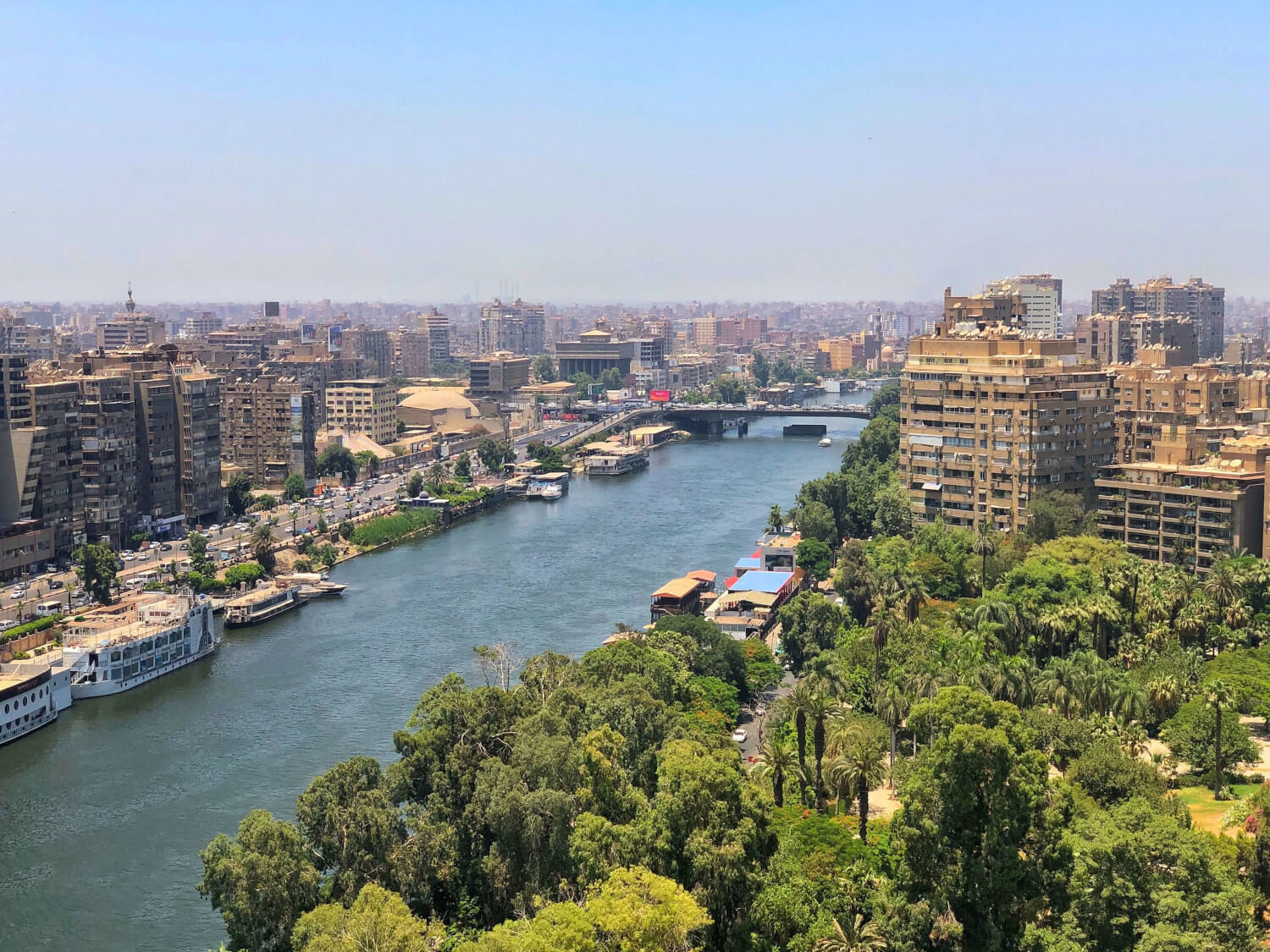Cairo

Location: This pilot site is located near Orabi gardens along the River Nile in DRC Cairo Egypt, a large metropolitan area with 20 million inhabitants in Egypt - the largest in Africa, the Arab world, and the Middle East, and among the top 10 largest in the world.
Climate: This region is characterised by an arid mediterranean climate with almost no rain fall over the year and extreme summer temperatures and exposed to near constant intense solar radiation over the year.
Typology: Two constructed wetlands with endogenous vegetation (Cyperus papyrus acting for phytoremediation) to treat waste water and the river water, designed according to Danish standards, implented and hydraulically tested.
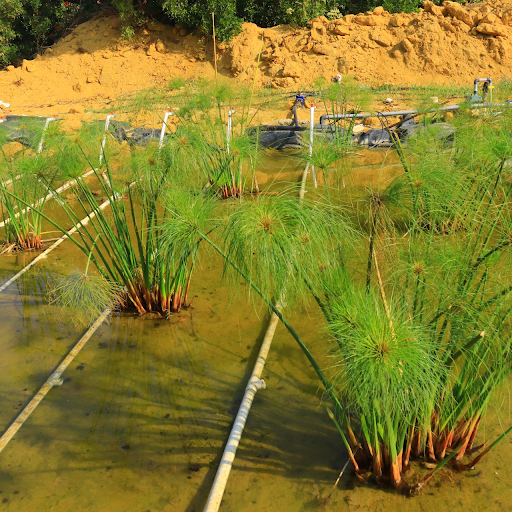
Description:
After the preliminary design of this pilot, a second stage is ongoing for its on site implementation. This system is composed by a hybrid constructed wetland, the design of which follows the recommendations from NICE research partners Aarhus University. Those recommendations included a specific hydraulic loading rate for the contaminant removal target. In addition to the constructed wetland itself, the system included the selection of a specific kind of vegetation (Cyperus papyrus) which is endogenous and has been scientifically proven over the last years to be highly efficient in removing a number of common contaminants that are present in waste water, especially heavy metals.
The efficiency of contructed wetland with papyrus is higher than without the plant according to the papyrus root exudates, which reduce the counts of both coli and salmonella, where the river Nile water is microbially polluted with coli and salmonella. The stakeholders of Orabi garden depend on drinking water for poultry prodcutvei, drinking water is so expensive compared with the Nile wter. After wetland treatment, they are now able to use the treated water for poultry prdouction and other identified uses.
The entire system helps to remove heavy metals, cations and anions. Pottery drippers reduce the concentration of heavy metals and water salinity. An important point for the system is that the materials' local substrate were utilised, mitigating the CO2 footprint of material transport. These local substrates have a low granulometry. The water resulting from treatment is valuable due to the arid climate in Cairo, so every drop must be saved! The innovative pottery drippers and backflow valve present the ecosystem a natural automatic system to operate (On-off) pottery drippers' irrigation system, saving 50% of applied water. We think that is a very NICE solution.
Main technological innovation:
- Use and evaluation of the contaminent removal efficiency fromCyperus papyrus specifically for cation, anion and microbial removal.
- Evaluating the performance of the system using a low granulometry substrate. We are demonstrating the performance of this system in a real setting, further, of a little explored typology, an off-line wetland that is treating the river water.
- Pottery drippers save applied irrigation water at an impressive rate of around 50%
Synergies:
- Designed including design recommendations from Aarhus University
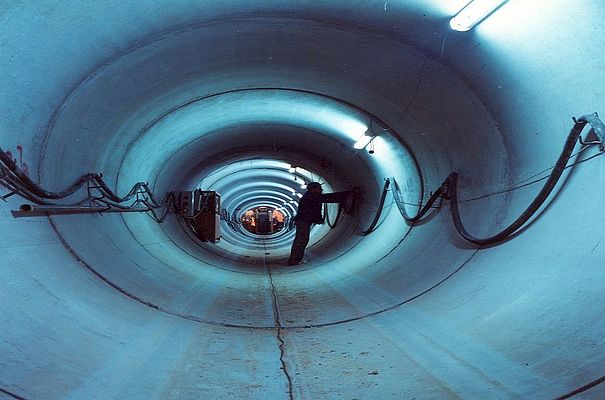
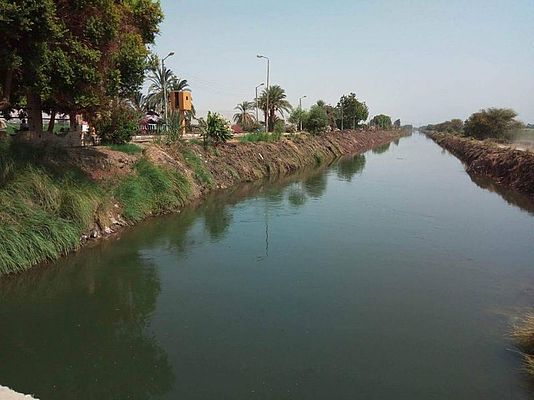

NICE Urban Real Labs are Nature-based Solutions (NbS) designed and implemented in locations with challenging geographical, environmental and socioeconomic characteristics. Their purpose is to increase the availability of solutions that contribute with water circularity in urban areas. NICE Urban Real Labs cover a wide range of climate zones, including a) Tropical and Subtropical (Pereira and Turin), b) Mediterranean (Algeciras, Benalmadena, Cairo), c) Oceanic (Aarhus), d) Continental (Talavera and Madrid), e) Baltic (Gdansk) and f) transitional between temperate and moderately Continental and Mediterranean (Lyon).
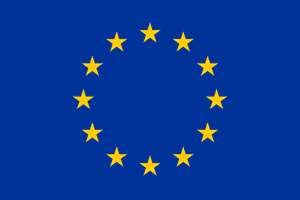
This project has received funding from the European Union's Horizon 2020 research and innovation programme under grant agreement No.101003765.
